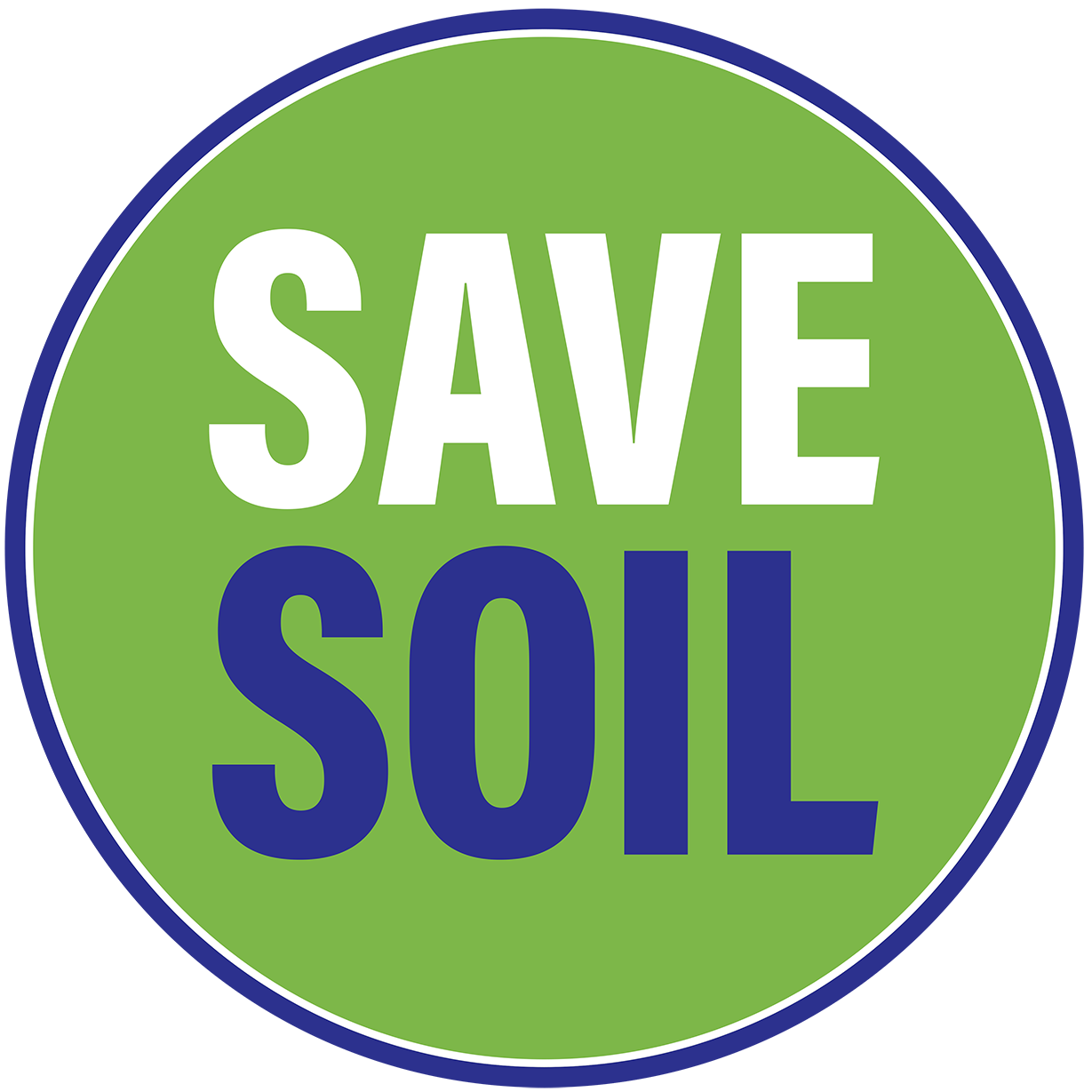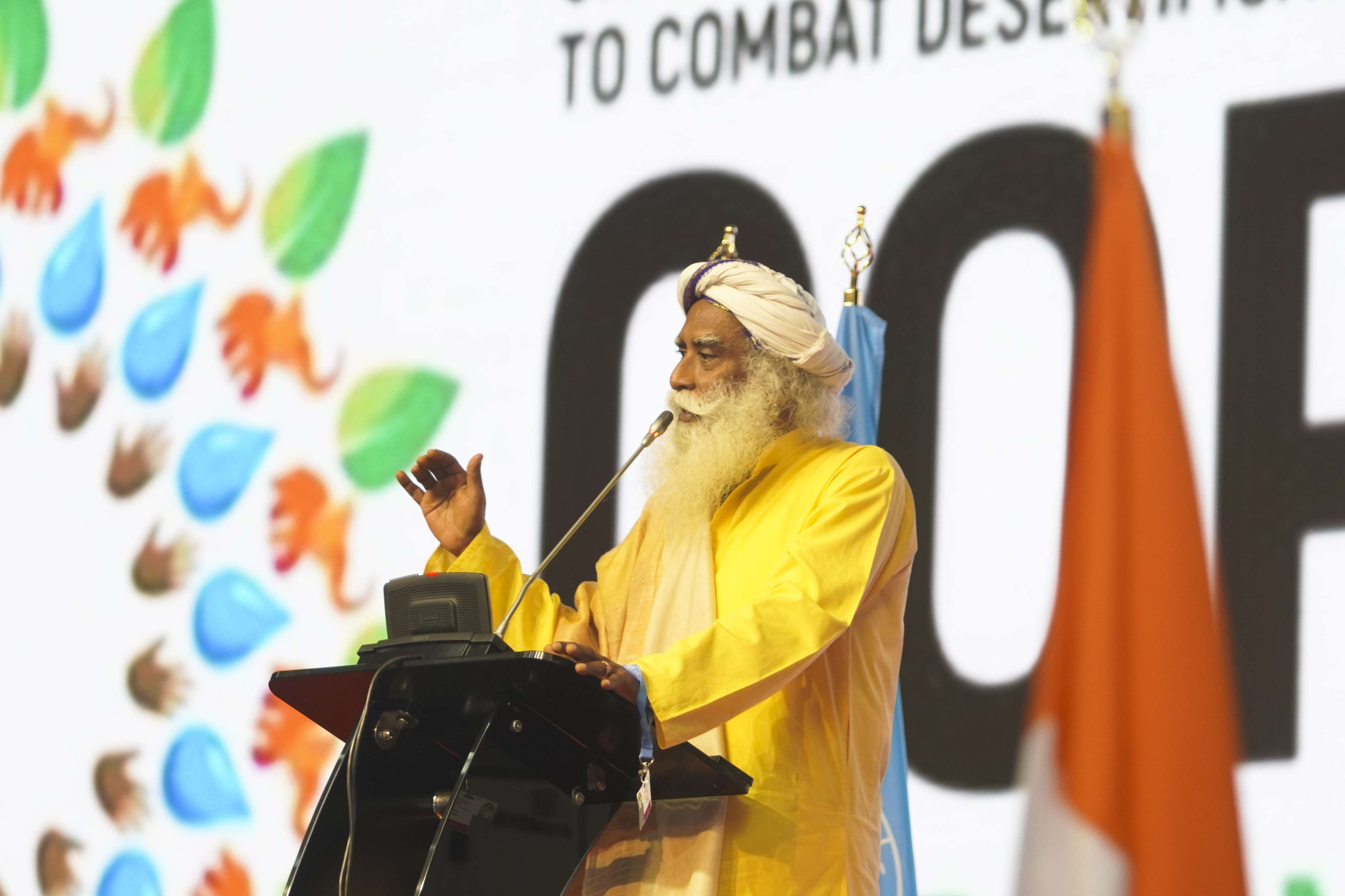

At the 15th session of the Conference of the Parties (COP15) of the United Nations Convention to Combat Desertification (UNCCD) in Abidjan, Côte d’Ivoire, Sadhguru stressed the need for a single-pointed focus to Save Soil. He recommended an implementable 3-pronged strategy to revive agricultural soil by increasing its organic content. Here is a summary of the address.
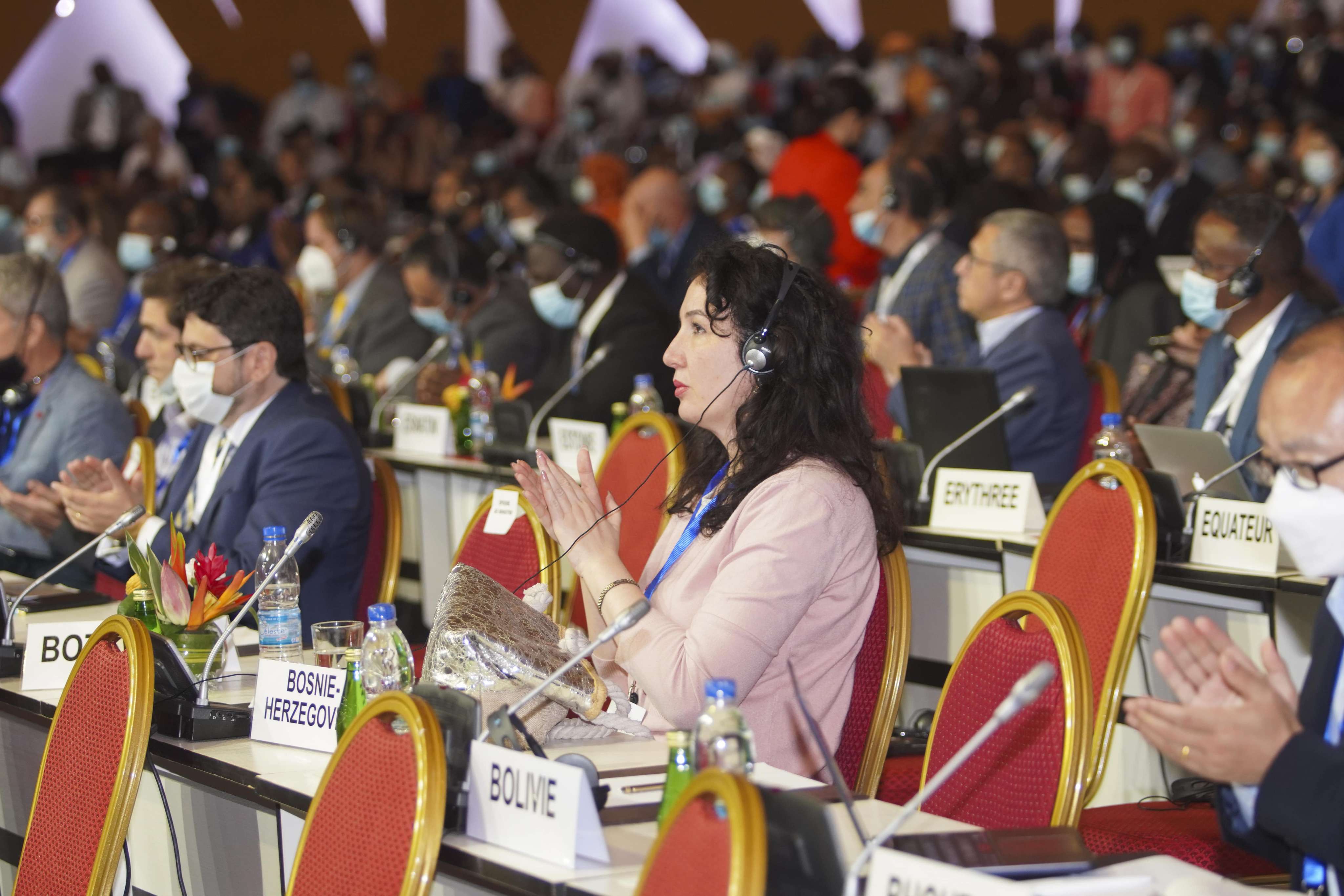
Sadhguru: The gathering of all the countries of the world at the COP15 summit in Côte d’Ivoire is a key opportunity to redouble governmental policy efforts aimed at reversing the degradation of agricultural land all around the world, and in doing so bring humanity back from the very brink of soil extinction.
To save soil on a large scale, we need to shape a deep-rooted people’s movement. Notwithstanding the complex nature of the ecological problem facing us, a successful people’s movement can be created only if we can distill the remedial action into a single-minded focus that is articulated in a succinct and simple way. Our history of ecological effort shows very few unequivocal successes – largely because we failed to convert complex scientific arguments into easy-to-understand simple actions. The Montreal Protocol of 1987 is often hailed as the single most successful international agreement to date – and that happened because there was a singular focus on doing just one thing – halting the depletion of the ozone layer.
The Montreal Protocol on Substances that Deplete the Ozone Layer is the landmark multilateral environmental agreement that regulates the production and consumption of nearly 100 man-made chemicals referred to as ozone depleting substances (ODS). The Protocol is to date the only UN treaty ever that has been ratified by all the 198 UN Member States.

In much the same way, there are many scientific nuances on how to handle the problem of land degradation in different types of soil conditions, in various agro-climatic zones, and in the differing contexts of cultural and economic traditions. It is nevertheless possible to distill out one overarching objective, which is to ensure that there is a minimum of 3–6% organic content in agricultural soil. This would make our soil vibrantly living and sustainably thriving across all agricultural lands.
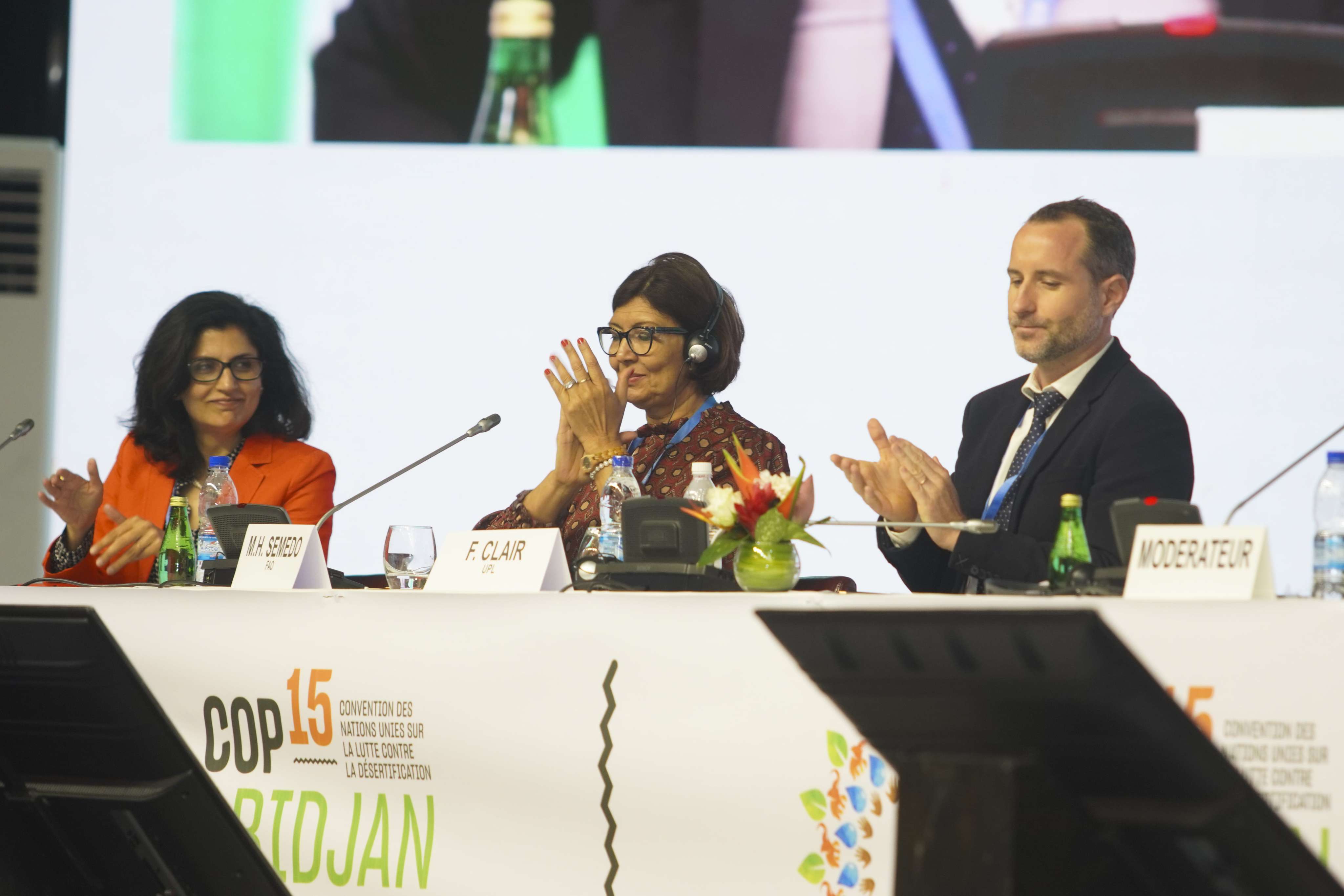
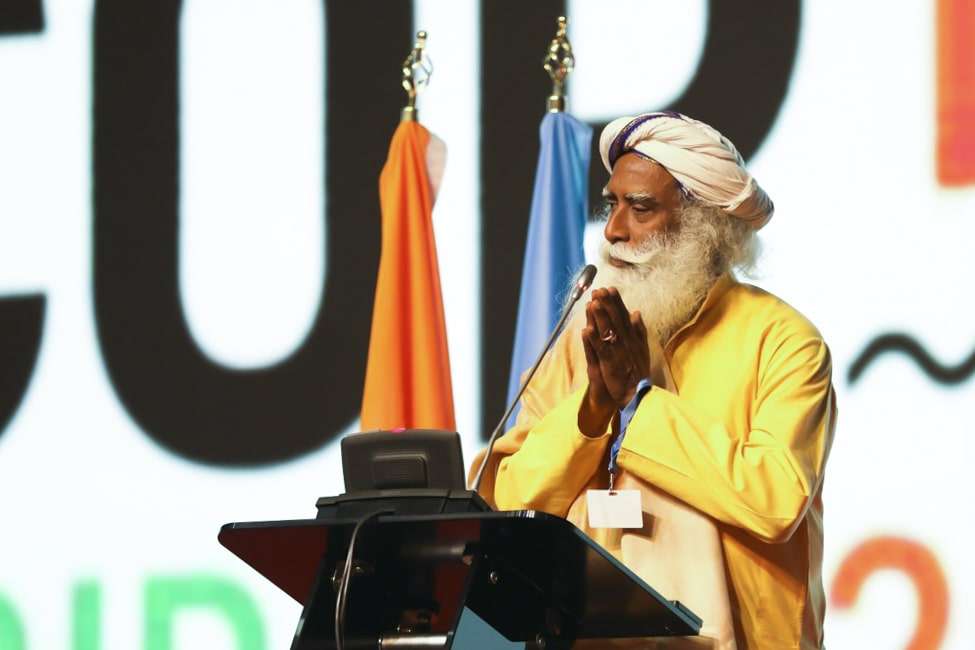
Time is running out. But fortunately, we know what to do. With the development of appropriate government policies, we can turn the clock back on the impending extinction of soil. To facilitate this task of rapid government policy evolution across the world, the Save Soil movement is creating a handbook of recommendations for every one of the 193 countries. More details can be obtained from the movement’s website at Savesoil.org.
